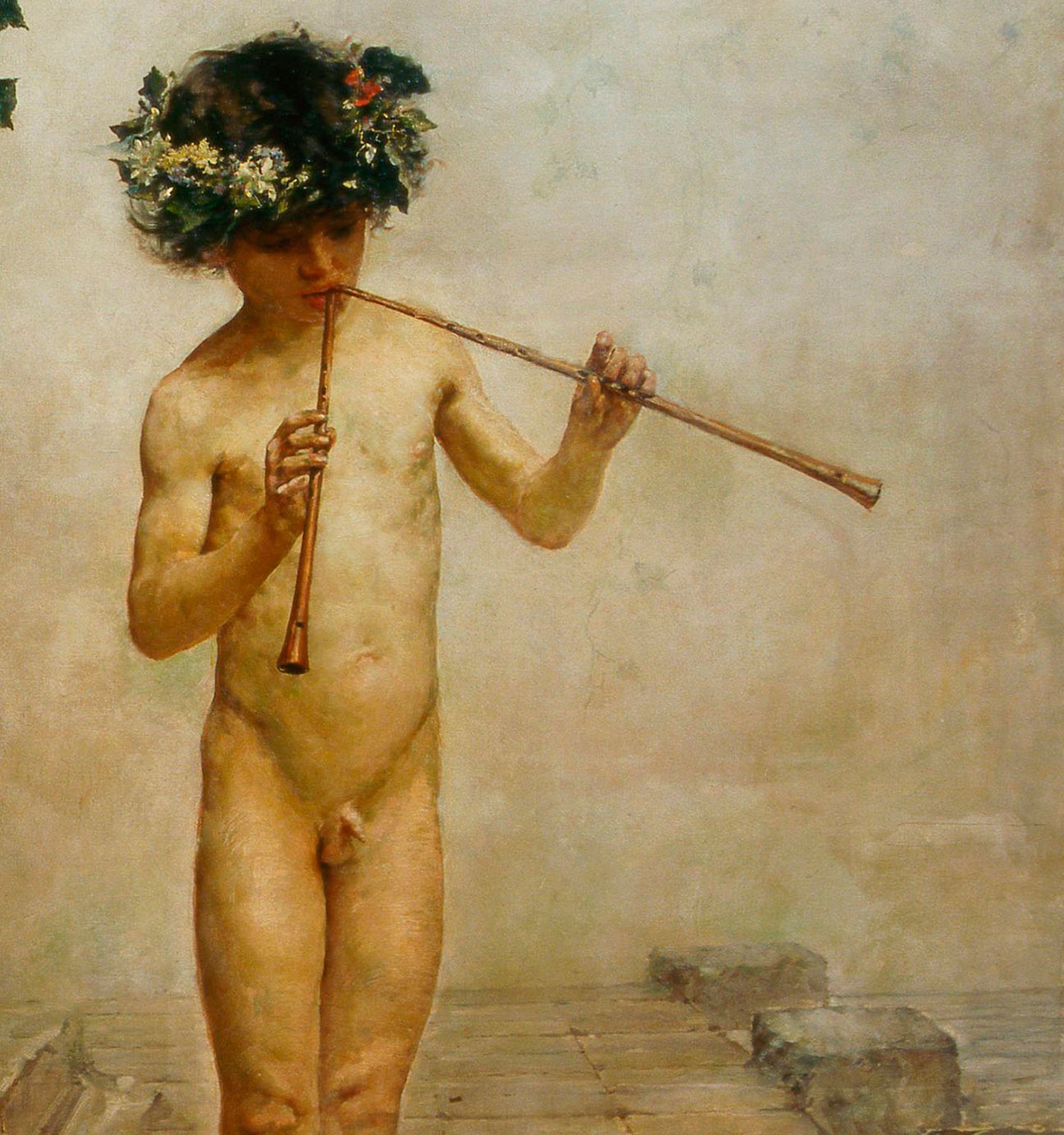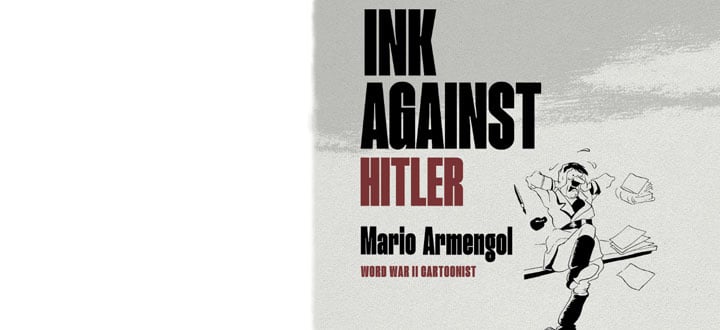To know more about the Modern art
To know more about the Modern art
Neoclassicism, romanticism and realism. The three artistic movements that define the 19th century in Europe impact in Catalonia. The absence of neoclassical dramatics is recognisable in the works of Josep Bernat Flaugier and Damià Campeny. Romanticism that can be found in the portraits by Claudi Lorenzale and the landscapes of Lluís Rigalt are the best examples. A representation of the environment that continues with Joaquim Vayreda, the School of Olot and Ramon Martí Alsina, introducer of the realism of Courbet. Later on we will find the symbolist movement in the paintings by Alexandre de Riquer and Joan Brull.
Marià Fortuny, the best Spanish painter of the 19th century after Goya, triumphed internationally with genre painting and made advanced approaches in his latter productions. The «illuminist» school of Sitges, inherited from the fortuniana tradition, counts on painters such as Romà Ribera and Francesc Masriera and sculptors such as the Vallmitjana brothers.
Ramon Casas and Santiago Rusiñol would lay the first stone of renovation that would lead to modernisme, with the incorporation of aspects of French impressionism. A generation afterwards, Isidre Nonell, Marià Pidelaserra, Hermen Anglada-Camarasa, Nicolau Raurich or Joaquim Mir would take Catalan painting to one of its most brilliant moments. The modernist sculptors Miquel Blay and Josep Llimona would also look towards France to embrace the influence of Rodin.
But it is in the decorative arts collection where the most exceptional production of Catalan modernisme is exhibited. The sumptuous interiors of Josep Puig i Cadafalch, Gaspar Homar and Antoni Gaudí, to be found respectively in the houses Amatller, Lleó Morera and Batlló, of the Passeig de Gràcia of Barcelona; as well as the notable examples of object arts in wrought iron, ceramics, glass and jewellery, without forgetting the sets of furniture of Joan Busquets and of the architects Josep M. Jujol and Gaudí himself.
Noucentisme is the last of the artistic movements most widely represented in the National Museum. It is seen as a search for its own essence and that of the Mediterranean, with the nude sculptures by Josep Clarà and Enric Casanovas, and with a marked popular accent in the paintings of Xavier Nogués and the works of Manolo Hugué. But in the best Noucentista painters, such as Joaquim Torres-García and Joaquim Sunyer, we can find some influences of Cézanne.
Around 1920, there appeared a new generation of artists who had to face a dilemma: figurative tradition or avant-garde? Josep de Togores and Francesc Domingo, are authors of a production with its own voice within the context of international realism from the interwar period. Of others, such as Torres-García himself, Rafael Barradas or Salvador Dalí, found the Galeries Dalmau to be the perfect space for exhibiting their most innovative productions. The historical avant-garde, especially in terms of sculpture, is very well represented with notable sets by Pablo Gargallo, while in terms of painting it is worth highlighting the portrait Woman in hat and fur collar (Marie-Thérèse Walter) by Pablo Picasso.













